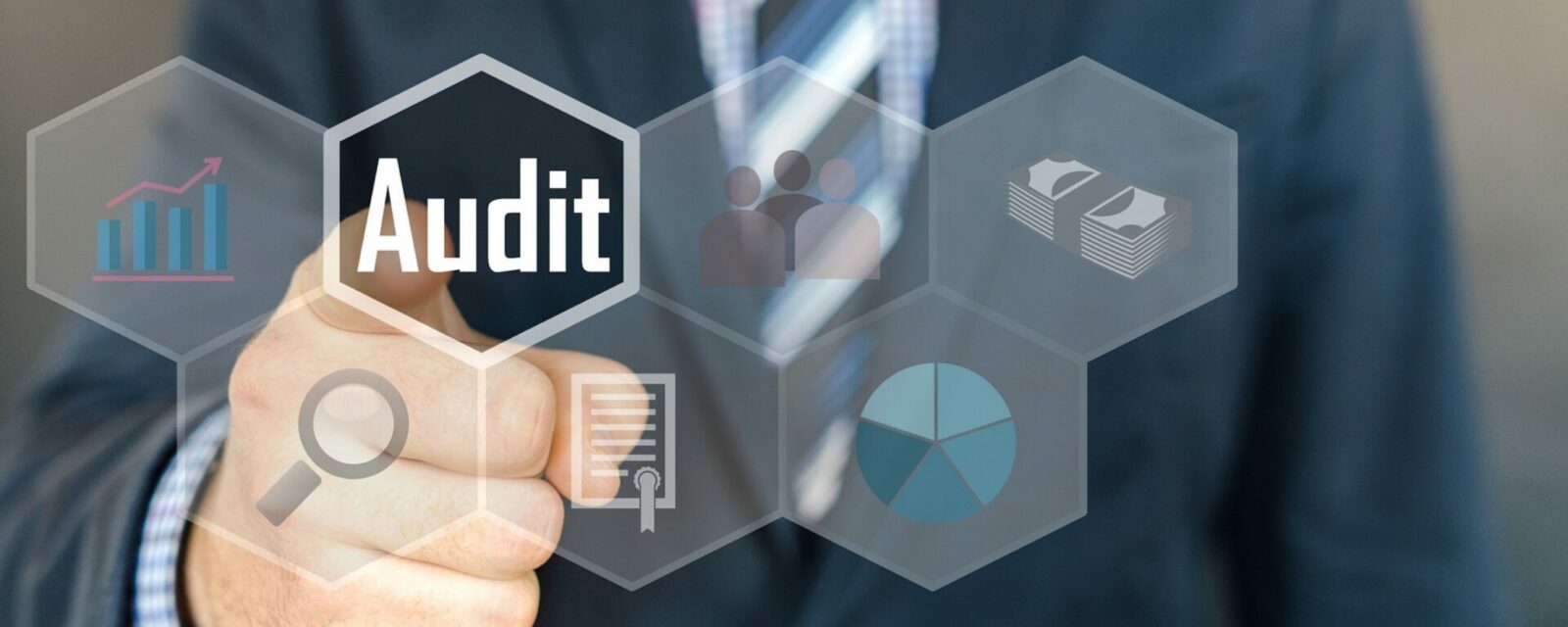Change Is Among Us: The Future Of U.S. GAAP

Arnold Bennett, a famous novelist, once said “Any change, even a change for the better, is always accompanied by drawbacks and discomforts.”
Discomforts and drawbacks may be a feeling that some have regarding changes to U.S. GAAP, but the changes are inevitable and are on the horizon. Whether one works in industry or public practice, his or her work will be affected by these upcoming changes. After years of deliberation, the Financial Accounting Standards Board (FASB) and International Accounting Standards Board (IASB) have been working together in converging U.S. GAAP with International Financial Reporting Standards (IFRS), as well as to improve the standards in the process. The three major pronouncements that will be part of these revisions in accounting standards pertain to revenue recognition, leases and financial instruments as detailed below, as described by the American Institute of Certified Public Accountants (AICPA):
Revenue recognition
The FASB and IASB will issue a single standard for revenue recognition, which would converge U.S. GAAP and IFRS to all industries and transactions. The standard will eliminate the transaction- and industry- specific revenue recognition guidance under current U.S. GAAP and replace it with a principle based approach for determining revenue recognition. The new standard is expected to be released this summer.
Leases
This project’s intent is to address widespread concern that many lease obligations are not recorded on the balance sheet and that the current accounting for leases does not represent the true economics of all lease transactions. The proposal is expected to require all leases to be on the balance sheet and require that lessees use separate expense recognition for longer-term leases. A revised exposure draft regarding leases is expected to be released mid-2013.
Financial instruments
Accounting for financial instruments has been deemed the highest priority of both the FASB and IASB because of the role it played in the recent financial crisis. All entities that have financial instruments (which include cash and accounts receivable) would be affected by the proposed standard. However, the extent of the effect would depend upon the relative significance of financial instruments to an entity’s operations and financial position as well as the entity’s business strategy. This standard has been divided into the following parts: credit losses, classification and measurement, and hedging. The first two parts are in exposure into May whereas deliberations on hedging will continue in the second half of this year.
Effective dates for the standards discussed above will generally not be earlier than reporting periods beginning after December 15, 2016. Although this might seem a long way off, it is important for accountants to gain knowledge on the changes and be prepared for what is to come. Whether one feels discomfort or not, change is among us; the future of U.S. GAAP will be very different in just a few short years.
Disclaimer of Liability: This publication is intended to provide general information to our clients and friends. It does not constitute accounting, tax, investment, or legal advice; nor is it intended to convey a thorough treatment of the subject matter.
